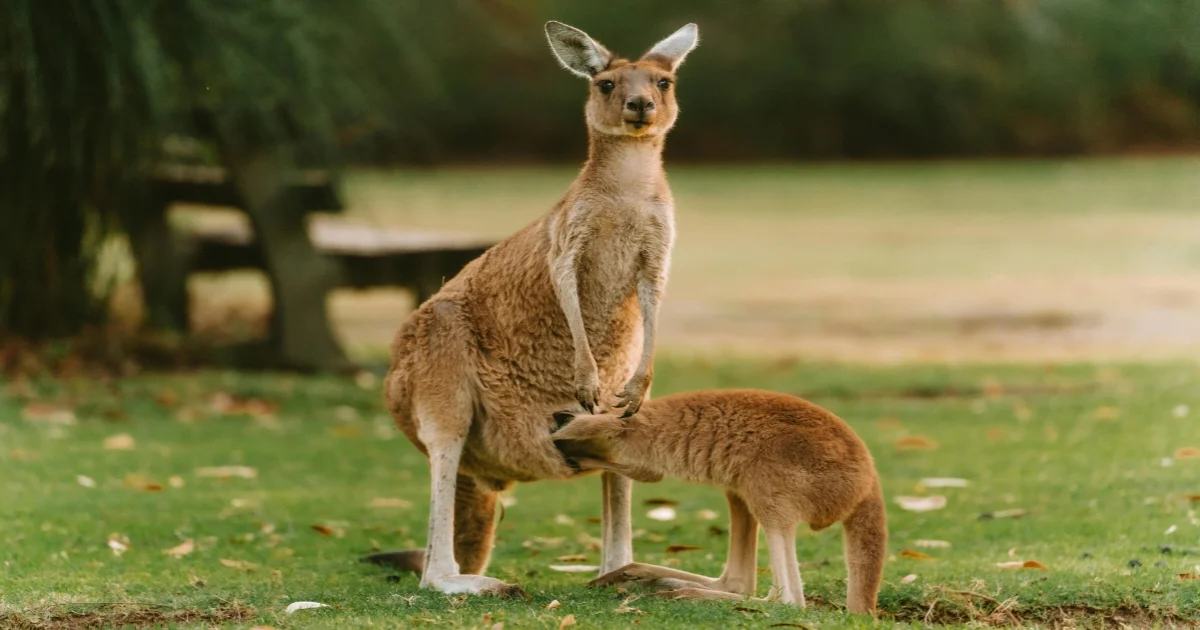10 Fascinating Animal Adaptations That Will Amaze You
10 Fascinating Animal Adaptations That Will Amaze You
Animals are nature’s most brilliant problem-solvers. Over millions of years, they’ve developed unique adaptations to survive in some of the harshest conditions on Earth. From camouflaging against predators to thriving without water, these natural skills showcase evolution at its finest.
In this article, we’ll explore 10 fascinating animal adaptations that reveal how incredible wildlife truly is. Whether you’re a student, researcher, or animal lover, these examples will inspire awe and deepen your appreciation for the natural world.
- Arctic Fox’s Winter Camouflage
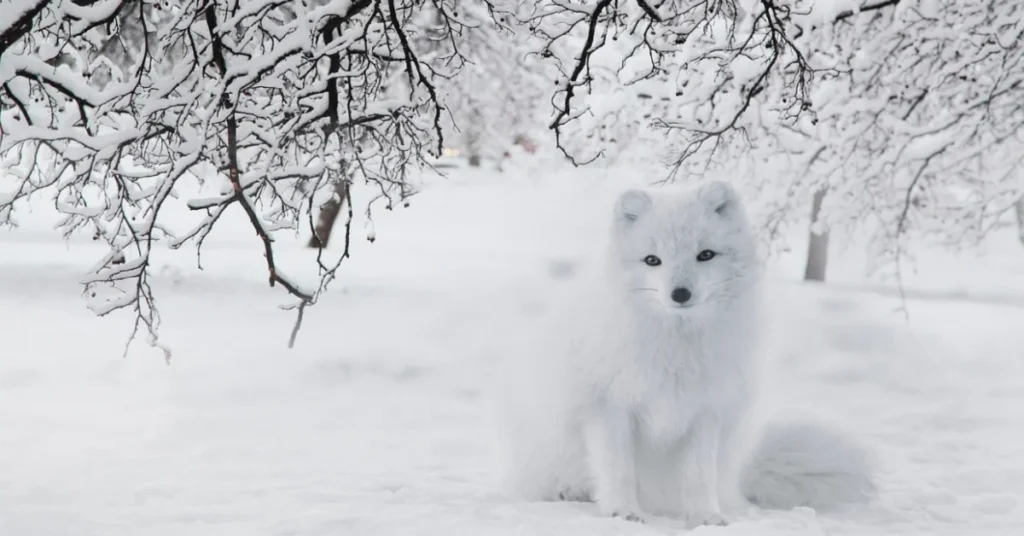
Imagine living in the Arctic, where predators and prey can easily spot you across vast snowy landscapes. The Arctic fox has solved this with a clever adaptation: its fur changes color depending on the season.
- In winter, its coat shifts to white, providing perfect camouflage in the snow.
- In summer, it becomes brown or gray, helping it disappear among rocks and vegetation.
This seasonal camouflage is one of the best examples of survival through disguise.
Read More: Types of Dogs with Blue Eyes – Popular Breeds & Facts
- Giraffe’s Long Neck for Survival
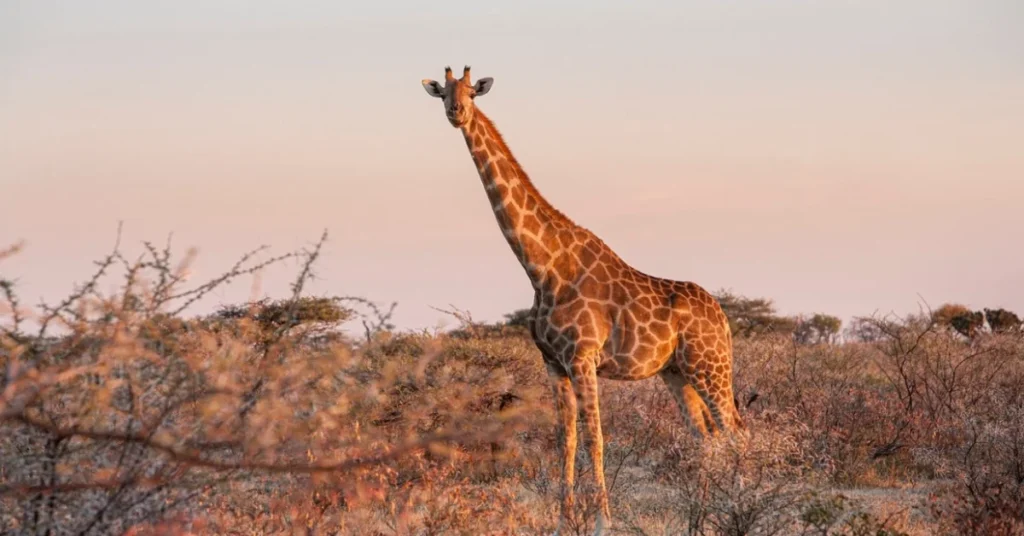
The giraffe’s long neck is more than unusual — it’s an essential survival adaptation. While many believe it evolved solely for reaching treetops, studies show another purpose:
- Feeding Advantage: They can eat leaves other animals can’t reach.
- Mating Battles: Male giraffes use their necks in combat, swinging them like hammers to establish dominance.
- Predator Awareness: A higher vantage point helps spot lions or hyenas from a distance.
This adaptation is a combination of feeding strategy and defense mechanism.
- Tardigrades: The Immortal Micro-Animals
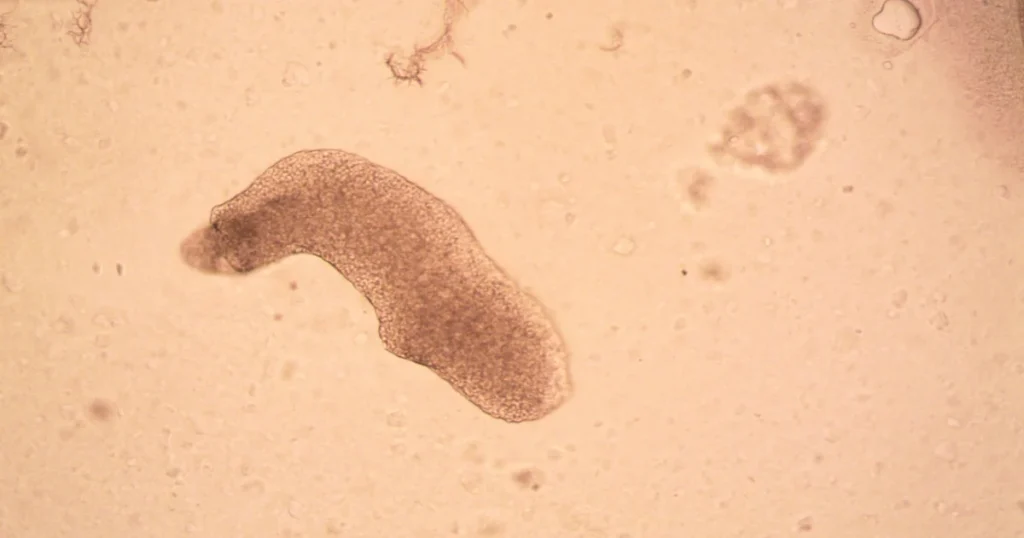
Known as “water bears,” tardigrades are some of the toughest creatures alive. Despite their microscopic size, they can withstand conditions that would kill almost any other animal.
- Survive extreme heat and cold (from -200°C to 150°C).
- Endure high radiation levels.
- Live in space vacuum without harm.
- Enter a cryptobiotic state, suspending metabolism for years.
Scientists study tardigrades to understand space travel survival and even potential human applications in medicine.
- Owl’s Silent Flight
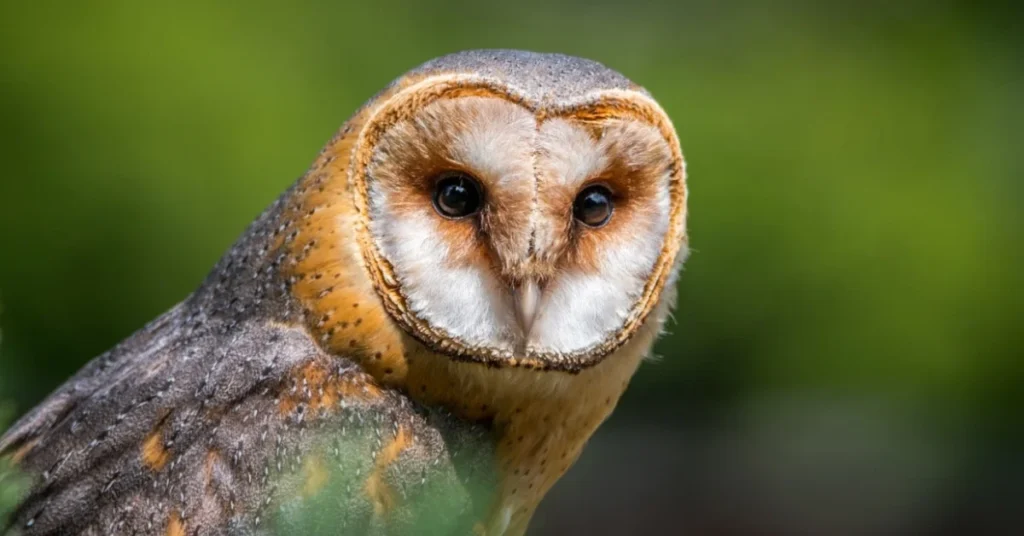
Owls are expert hunters, and their success comes from a unique adaptation: silent flight.
- Specialized fringe feathers reduce turbulence and noise.
- Their wings are broad, allowing slow, controlled gliding.
- The silence gives them a huge advantage in ambushing prey at night.
This adaptation makes owls one of the most efficient nocturnal predators in the animal kingdom.
- Kangaroo Rat’s Waterless Lifestyle
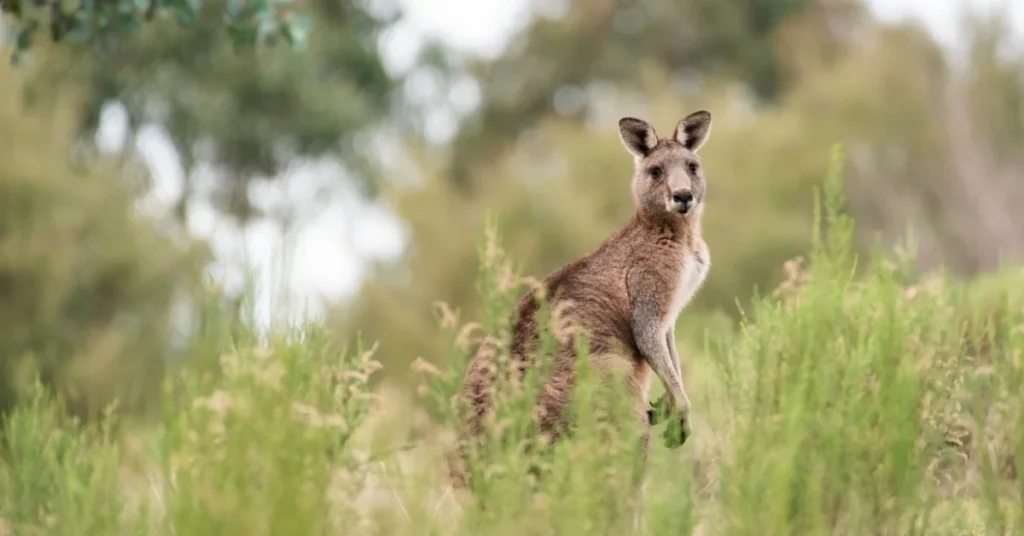
Deserts are unforgiving, but the kangaroo rat thrives without ever drinking water.
- They obtain moisture from seeds they eat.
- Highly efficient kidneys minimize water loss.
- They stay cool by being nocturnal, avoiding daytime heat.
This ability to survive on “internal water” makes them true desert survivors.
- Octopus’s Disappearing Act
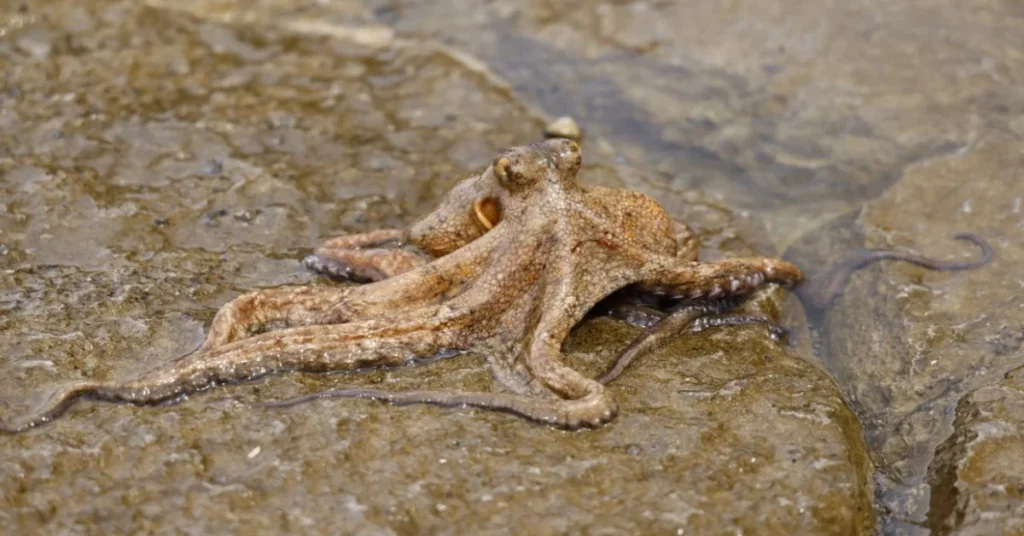
The octopus is often called the master of disguise, and for good reason.
- Uses chromatophores (color-changing cells) to shift skin shades instantly.
- Adjusts its skin texture to look like rocks, coral, or sand.
- Employs ink clouds to confuse predators and escape.
These abilities make octopuses some of the most intelligent and adaptable animals in the ocean.
- Basilisk Lizard’s “Jesus Walk”
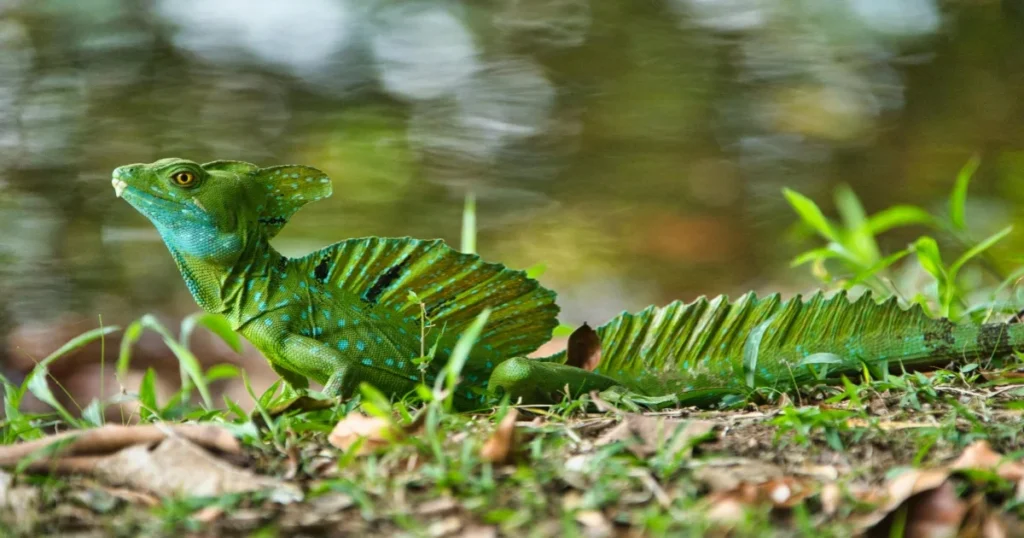
The basilisk lizard, often nicknamed the “Jesus Christ Lizard,” can literally run on water.
- Long toes with skin flaps create a surface area that prevents sinking.
- Fast sprinting helps them stay above water briefly.
- This adaptation is crucial for escaping predators.
It’s one of nature’s most astonishing sights — a reptile sprinting across a pond!
- Elephant’s Cooling Ears
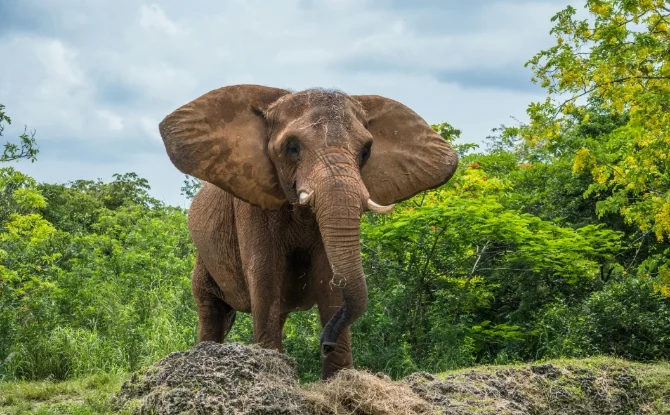
In the hot savannas of Africa, elephants have evolved a brilliant cooling system.
- Their giant ears contain a network of blood vessels.
- By flapping their ears, they cool blood before it circulates through the body.
- The movement also works as a natural fan.
This adaptation helps elephants regulate temperature despite their enormous size.
- Penguins’ Heat-Sharing Huddles
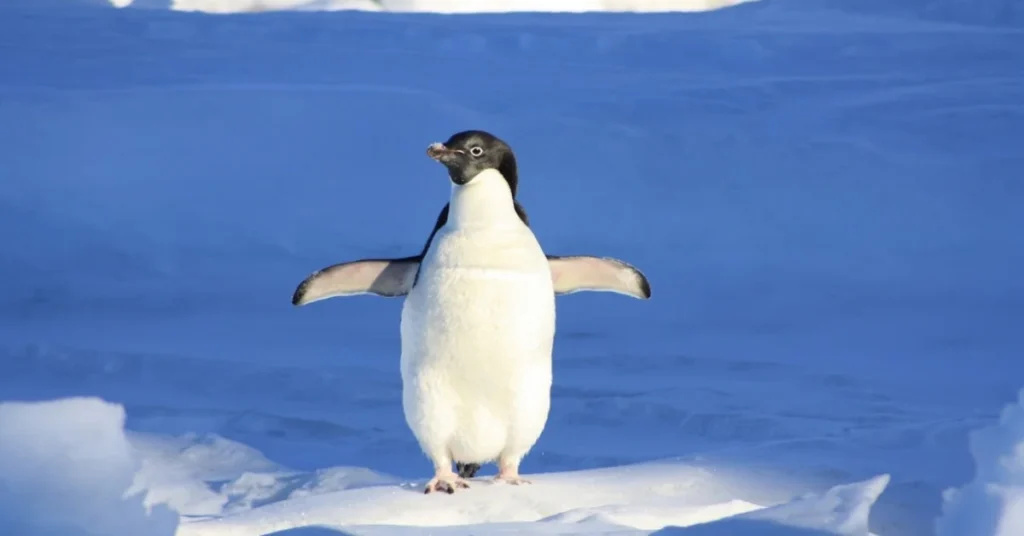
Penguins live in extreme cold, but they’ve mastered the art of collective survival.
- Thousands gather in tight huddles, sharing body heat.
- Penguins rotate positions, so each one eventually reaches the warmer center.
- This teamwork ensures the colony survives blizzards and freezing nights.
It clearly demonstrates the strength that comes from unity in nature.
- Axolotl’s Regeneration
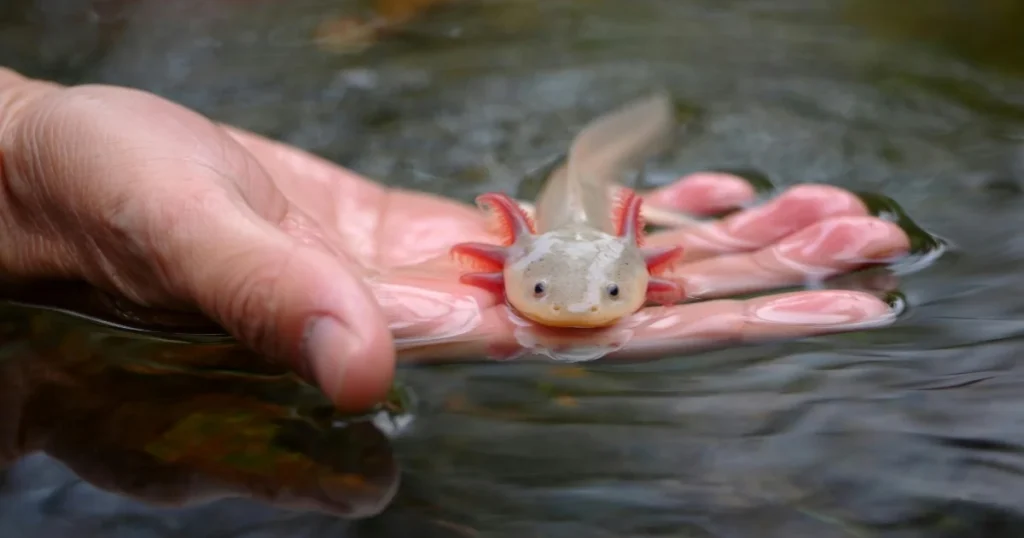
Perhaps the most remarkable adaptation is seen in the axolotl, a salamander that can regenerate body parts.
- Regrows limbs, spinal cords, heart tissue, and even parts of the brain.
- Scientists study axolotls to understand how regeneration might one day help humans heal injuries.
- Unlike most amphibians, they retain juvenile features throughout life, a condition known as neoteny.
This “eternal youth” combined with regeneration makes axolotls one of science’s favorite study animals.
Why Animal Adaptations Matter
Studying these survival strategies isn’t just about curiosity. They also:
- Help us understand evolution and natural selection.
- Inspire technological innovations (like silent aircraft inspired by owls).
- Contribute to medical research (axolotl regeneration and tardigrade resilience).
- Encourage us to protect ecosystems where these animals thrive.
By learning from animals, we gain insights that benefit both science and humanity.
FAQs on Animal Adaptations
Tardigrades’ ability to survive in outer space is among the rarest and most unique adaptations.
Octopuses and cuttlefish are camouflage experts, able to transform both their color and texture.
Yes, many scientific advancements in medicine, engineering, and robotics are inspired by animal adaptations.

